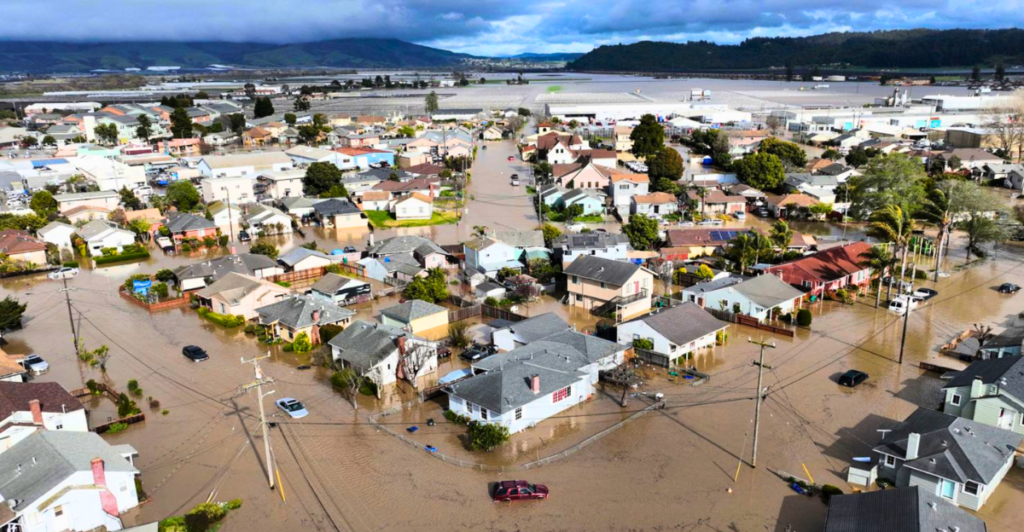
The term “1-in-1,000-year storm” describes an extreme weather event with a 0.1% chance of occurring in any given year. However, climate change is making these events more frequent.
In recent years, the U.S. has experienced several storms like this, including the devastating flooding in Vermont, New York, and Connecticut, which resulted in extensive property damage and loss of life.
Climate change is a major factor, driving up moisture in the atmosphere and shifting weather patterns, which can cause more extreme precipitation events.
Storms Becoming More Common
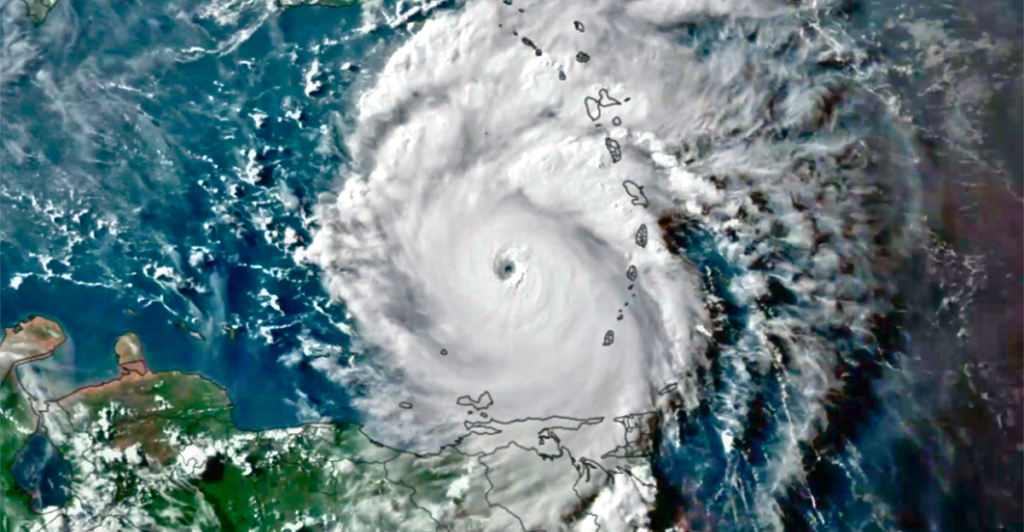
Historically, one-in-1,000-year storms were once rare and considered anomalies. However, according to recent data, they have become more common. In one week during the summer of 2022 alone, five of these events were scattered throughout the United States.
This trend shows that events that were previously viewed as rare are now becoming more common, consistent with the consequences of climate change.
Causes for Extreme Rainfall Events
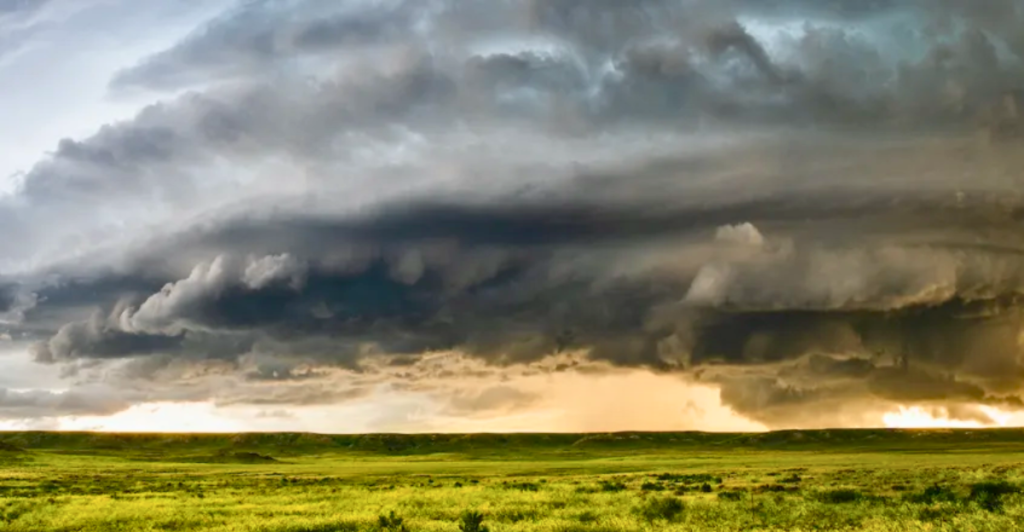
Extreme rainfall events are rooted in high moisture levels in the atmosphere, but they are driven by the collision of disturbances like storms or cold fronts colliding with warm fronts.
Climate change worsens these conditions by warming the atmosphere, allowing it to hold more moisture and altering the jet stream, leading to more persistent weather patterns. This combination leads to more extreme and increased flooding frequency.
Impact on Wildlife

The increasing frequency of one-in-1,000-year storms has major consequences for wildlife. One of the most damaging aspects of flooding is its role in disrupting habitats, causing loss of biodiversity, and increased stress on ecosystems.
In sudden cases, flooding can displace aquatic species, changing food chains and disrupting entire ecosystems. The long-term consequences of this are disastrous for animal populations, with wildlife losing their habitats and species unable to adapt.
Economic and Infrastructure Challenges
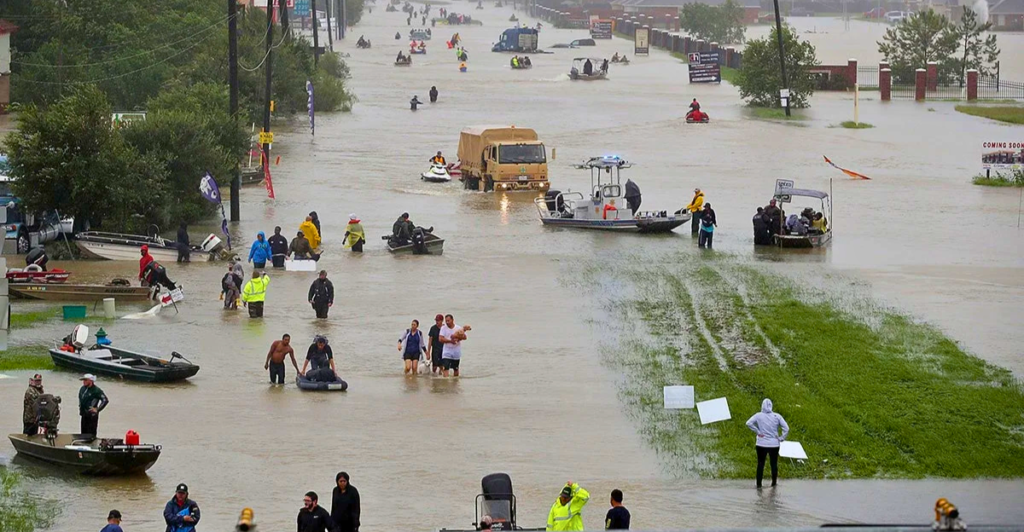
These storms pose significant economic and infrastructure challenges. Flash floods can damage roads, bridges, and buildings, resulting in expensive repairs and service interruptions.
For instance, multiple roads were closed, and rail services were suspended during the 2023 flooding in New York and Vermont. The economic damage is not limited to immediate consequences and also affects local businesses and communities.
The Role of Climate Change
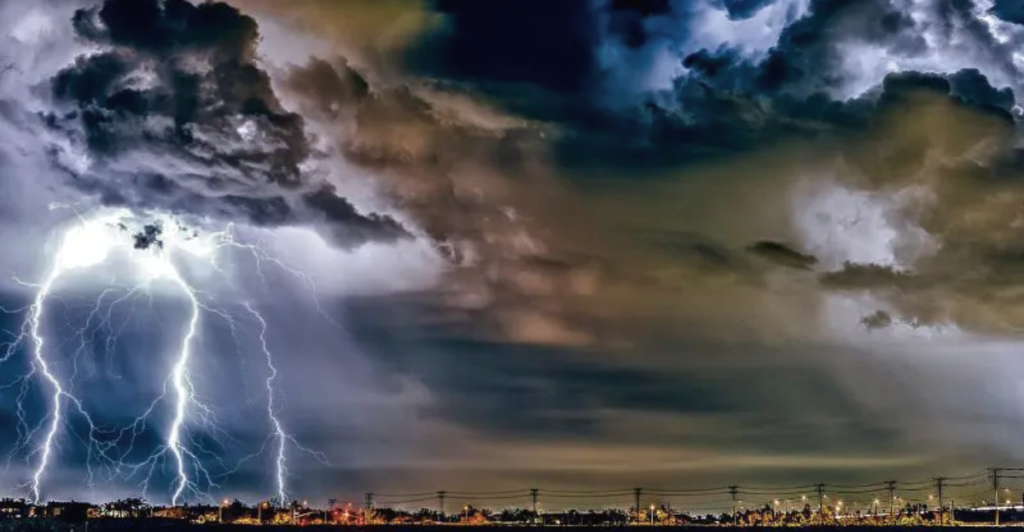
Climate change has become a major driver of the increased frequency of these storms. Warmer air can hold more moisture, resulting in heavier rainfall, while shifts in the jet stream cause weather patterns to stagnate, allowing extreme weather conditions to persist for longer. That means something that used to be a rare event is now more likely to happen again in a shorter period of time.
Trends and Projections
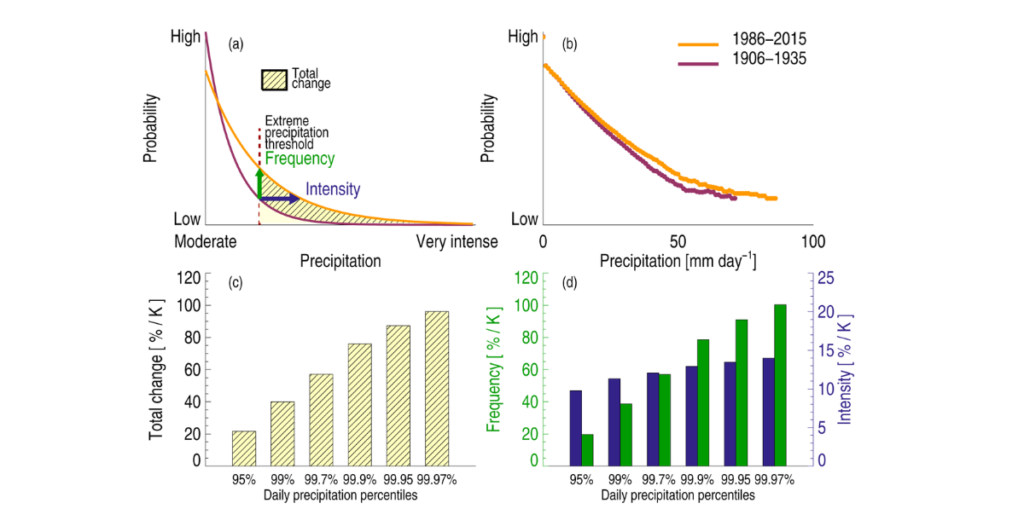
Over the last 50 years, the frequency of heavy rainfall events has increased by 10% and is expected to continue to rise. Research indicates a significant rise in flood frequency and extent across the U.S., making it crucial to adapt infrastructure and emergency response strategies.
Solutions and Adaptations
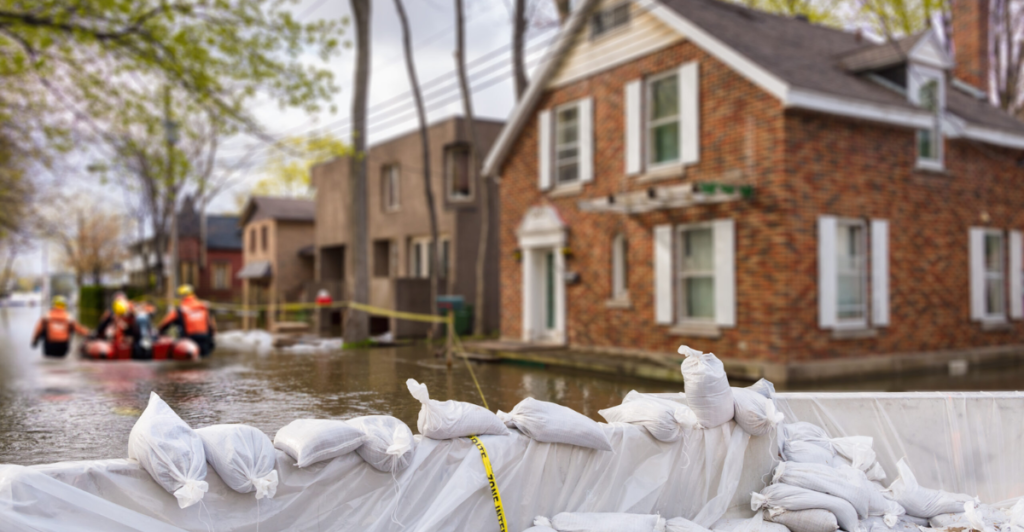
Communities must invest in resilient flood-resistant infrastructure and improved drainage systems to help reduce flood damage from these storms. Additionally, early warning systems and emergency preparedness plans are also important for minimizing the burden on human populations and wildlife. Reducing greenhouse gas emissions through climate action is essential to slowing the growth of extreme weather events.
Psychological and Societal Impacts
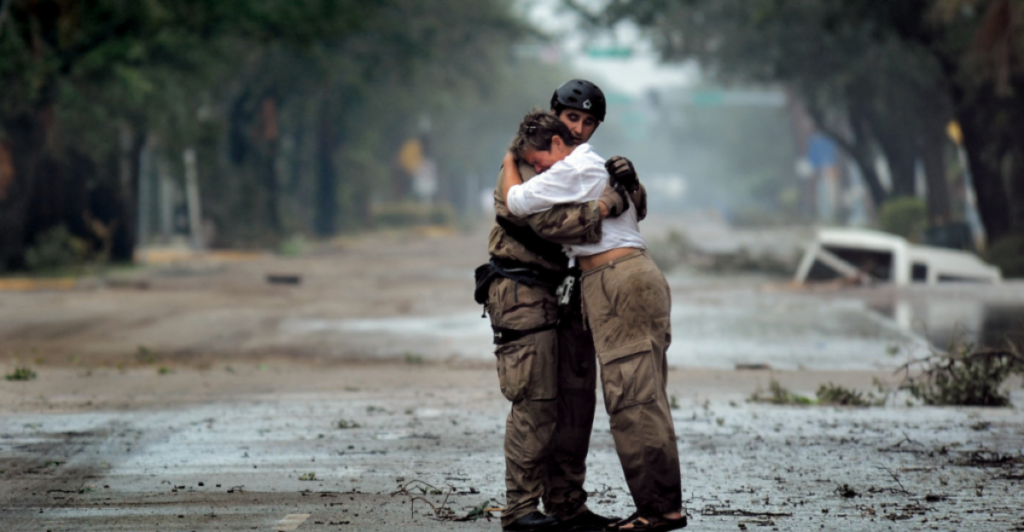
The psychological and societal impacts of these storms should not be underestimated. The constant exposure to extreme weather events can be detrimental to the mental health of affected communities, as well.
These events can also cause economic strain and displace millions of people. Addressing these impacts requires a comprehensive approach that includes mental health support and community resilience programs.
Take Action Against Climate Change
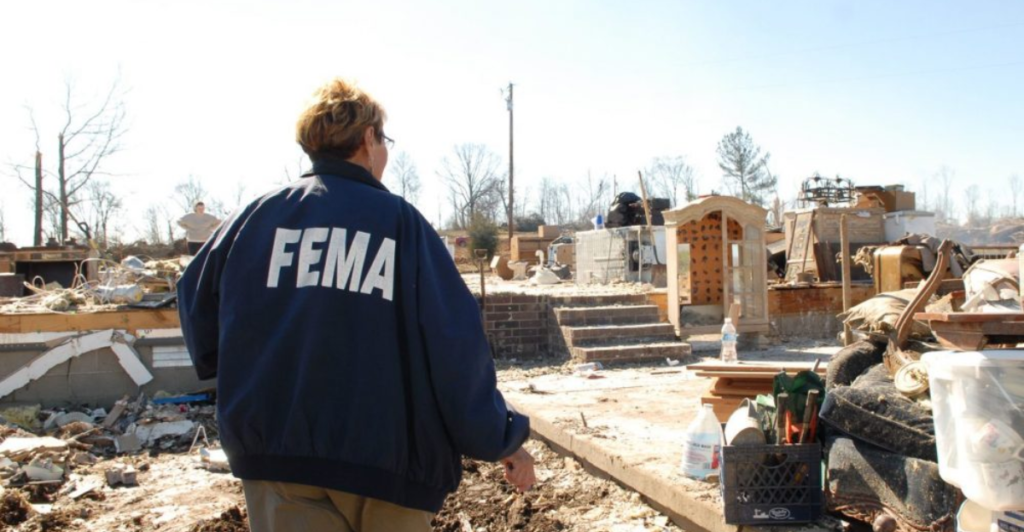
In conclusion, the increase of 1-in-1,000-year storms in the U.S. comes as a grim reminder of the urgent need to take climate change seriously. These events not only cause immediate destruction but have long-term effects on ecosystems and people’s lives.
As climate change exacerbates extreme weather patterns, it is vital that we adapt our infrastructure, our emergency responses, and our society’s resilience strategies to curb these effects. Ultimately, reducing greenhouse gas emissions remains the most effective way to slow the increase in these devastating storms.
Explore more of our trending stories and hit Follow to keep them coming to your feed!

Don’t miss out on more stories like this! Hit the Follow button at the top of this article to stay updated with the latest news. Share your thoughts in the comments—we’d love to hear from you!







